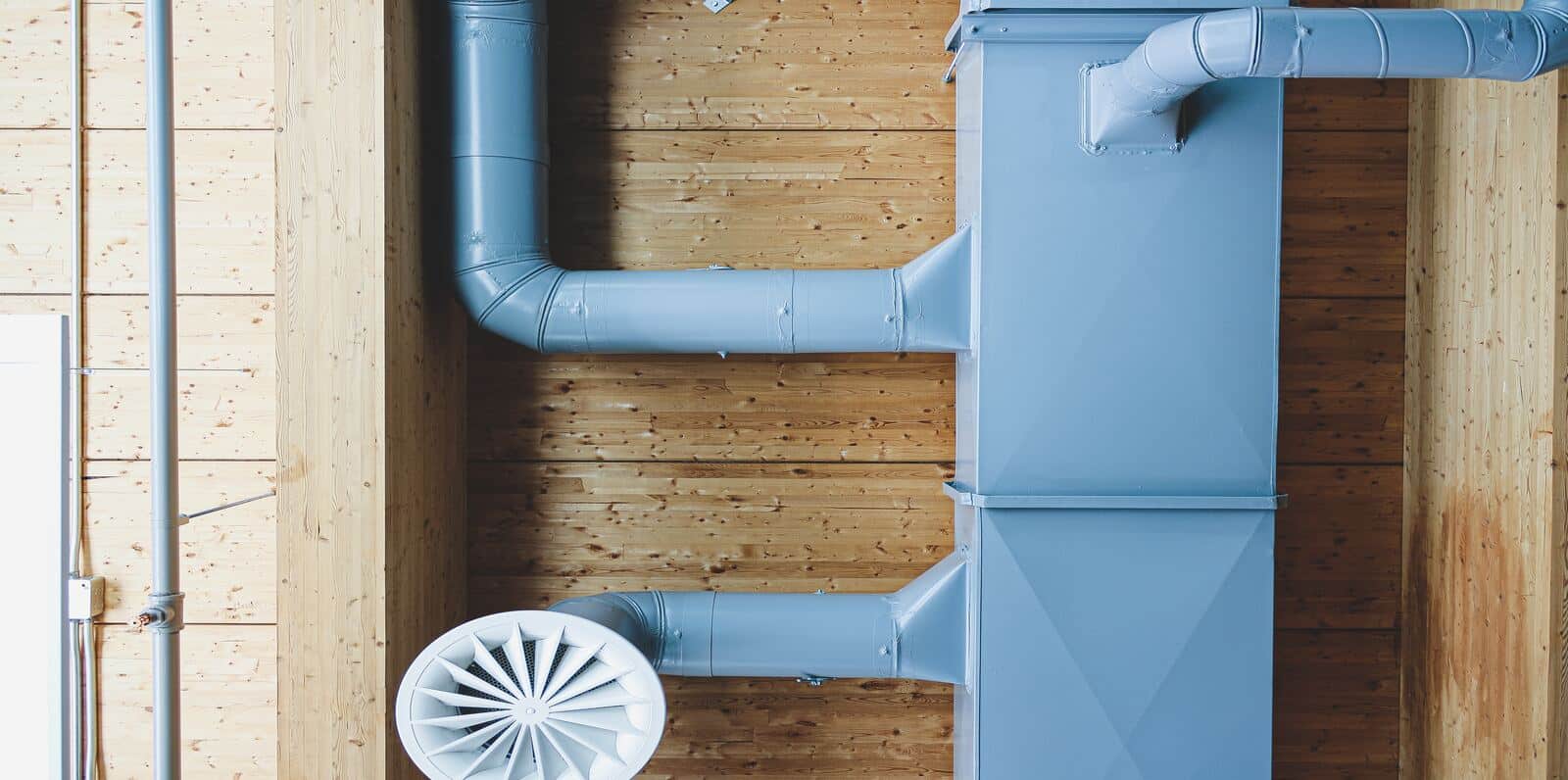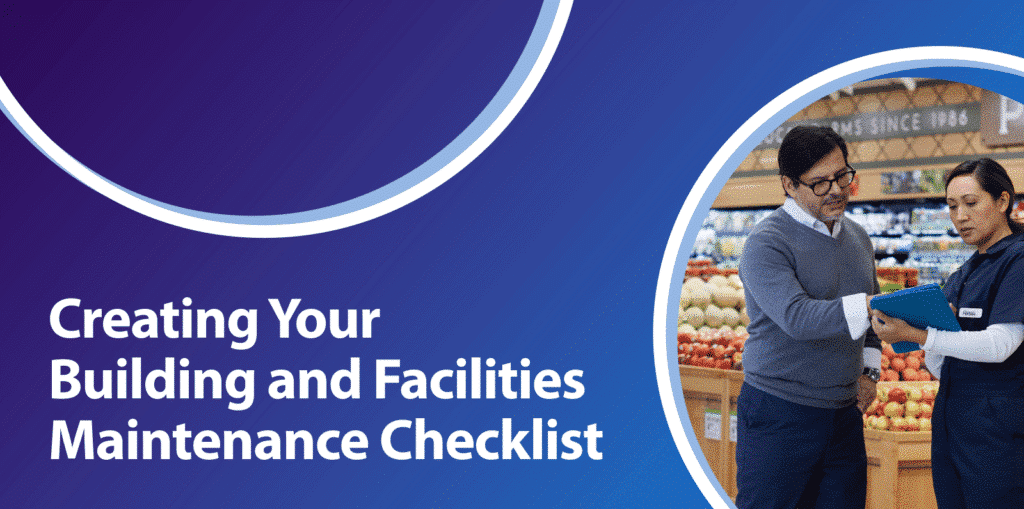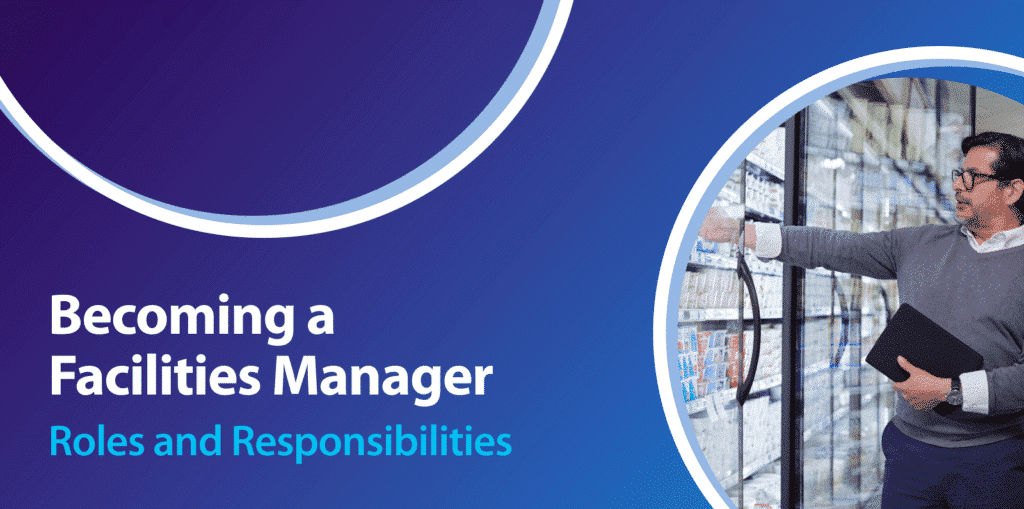HVAC Maintenance Checklist for Facilities Managers

If you’re operating a commercial facility, properly maintaining the HVAC system is a priority. This means having regular inspections to ensure it’s always working at optimal levels, replacing items when they are worn or broken, and keeping the system clean. This is important because it helps extend the life of the unit while keeping energy costs low. It’s difficult to imagine not having a working HVAC in a large facility, isn’t it? That means the team works around the clock to alleviate downtime. That’s why understanding why having the right tools in place for proper HVAC maintenance is a necessary part of facilities management.
Why HVAC Maintenance is Important
Consider this – if your commercial building’s HVAC suddenly goes on the fritz, what happens to your tenants, customers, employees, and possibly products? Things can go south very quickly. To avoid repetitive heating or air conditioning challenges, it’s important to know why keeping up with your HVAC maintenance is vital to your operation:
Lower energy bill
When you have a clean HVAC system, it doesn’t use as much energy to run. This results in energy savings that can be used in other areas of the facility, or for recurring maintenance.
Reduce repair costs
When you have a planned maintenance system in place, it helps reduce the likelihood of unplanned repairs. Early detection is key. While there are instances where things may unintentionally break, scheduled maintenance alerts the facility manager to areas that are worn or need replacing before you need to. Being proactive instead of reactive avoids shutdowns and extra, unexpected costs.
Extend life of unit
When an HVAC unit is properly maintained by cleaning the coils, testing, and other routine tasks, it extends the life of the unit. The system doesn’t have to work as hard, and it lasts a lot longer than a unit that is neglected.
Safety
Safety and comfort should be a priority for any facility manager. HVAC maintenance helps maintain safe air quality while ensuring carbon monoxide levels are compliant. It also helps in reducing the number of allergens in the air.
What to Include in a HVAC Maintenance Checklist
Your facility manager should have two types of checklists for HVAC maintenance. One should address the winter months, and the other should address the warmer months of the year. The HVAC preventive maintenance checklist should ensure every season is taken into account based on industry standard regulations of safety.
Why should there be separate checklists for cold and warm months? It’s because the system works differently depending on the time of year. In the spring and summer, the air conditioner is running, while in the fall and winter, the heater takes center stage.
Spring & Summer
Your HVAC maintenance checklist should include:
- Cleaning coils
- Cleaning condensers
- Replacing the filters
- Checking for leaks
- Clearing the drain lines
- Checking the outside of the unit to ensure there is no debris affecting it
- Checking the thermostat
- Checking the refrigerant
- Checking the connections
- Inspecting the air ducts
- Checking the fan motor and oiling the parts that need attention
Fall & Winter
The unit may work a little harder and differently in colder months depending on the climate. This HVAC checklist should include:
- Inspecting the heating elements
- Clearing drain lines
- Lubricating moving parts
- Replacing the filters on a regular schedule
- Replacing worn belts
- Checking for gas leaks and the pressure
- Checking all electrical connections
- Checking the thermostat
- Checking the ignition burner assembly
- Inspecting the heat pump
- Checking the flue system for connectivity
HVAC Maintenance Tips
While having an HVAC inspection checklist that works for you year-round can help keep your unit running smoothly, facilities managers must consider additional maintenance measures in between these maintenance inspections. One of the key components of having a great preventive maintenance program is using preventive maintenance software. This assists proactivity in identifying and anticipating maintenance needs.
An HVAC safety checklist should be one of the components of an overall preventive maintenance plan. Assigning tasks to employees during the interim before the bi-annual inspections helps reduce the tasks the technician needs to perform during their visit. These tasks could include changing the air filters on a recurring basis, checking refrigerant lines monthly, checking the carbon monoxide detector, monitoring how the system is performing, and listening for any inconsistencies in how the unit is running.
Get the Most Out of Your HVAC System
Planning ahead is the best way your facilities managers will be able to keep your HVAC systems in top shape throughout the year. Using a system that monitors and tracks when components should be checked prior to and during an inspection can keep costs low and air quality high any time of year. The goal is to stay within budget, make necessary repairs before they become problematic, and have a detailed record of what needs to be done, what has been done, who should carry out certain tasks, and the priority level.
A management system will keep all inspection records, work orders, repairs, replacements, costs, and who did the work in one place. This not only assists with staying in compliance but streamlines the process for efficiency and better productivity.
Ongoing monitoring and improvement in your HVAC preventive maintenance program is important in keeping your facilities running smoothly, every day of the year. Learn how the ServiceChannel Platform can support your maintenance goals here.



